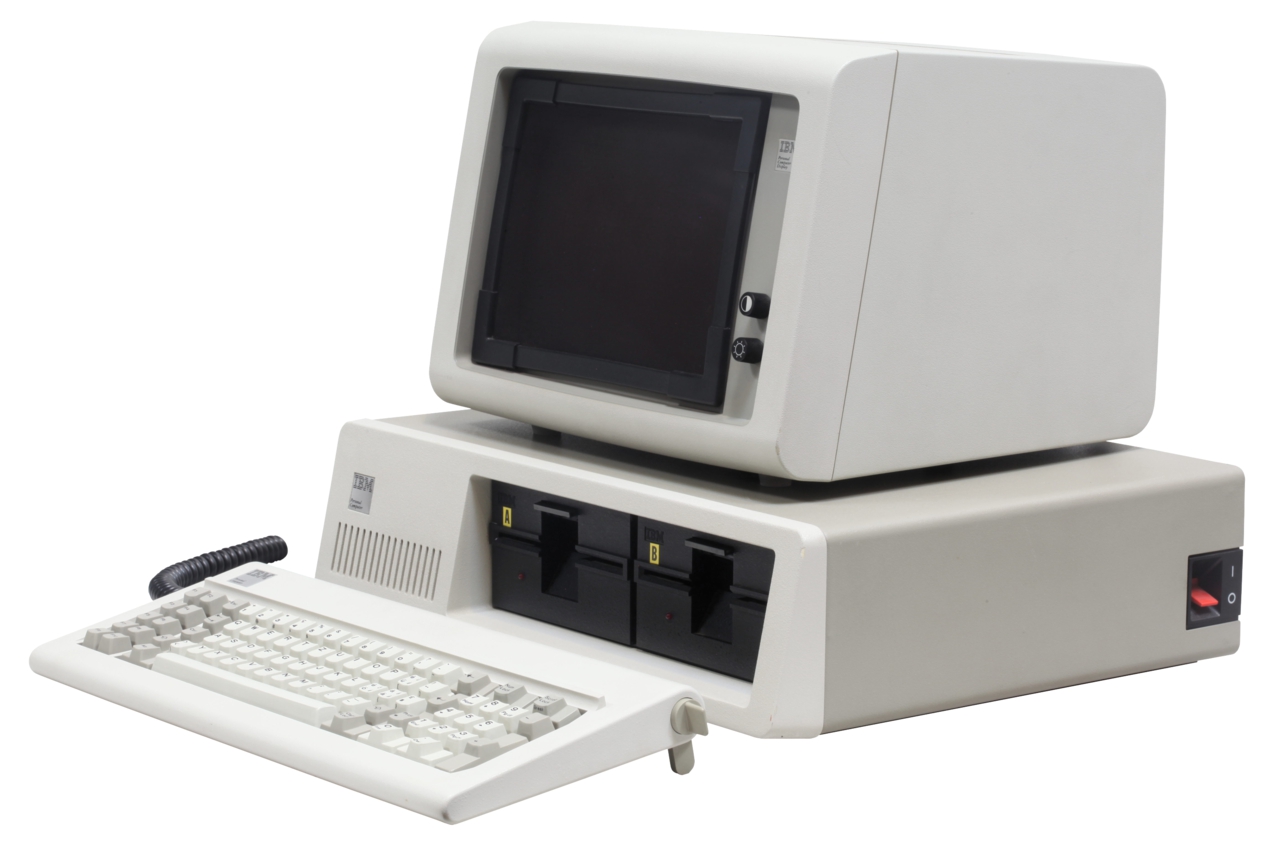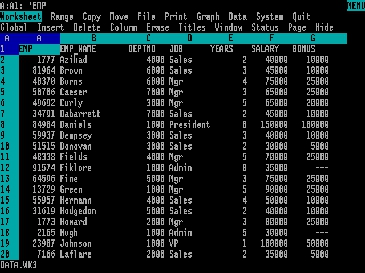The AI Model
Handbook
A guide to the world of artificial intelligence modeling
First Edition
Minh Trinh, PhD
Rodeo Press
The Artificial Intelligence Handbook Series
The AI Project Handbook: How to manage a successful artificial intelligence project
The AI Model Handbook: A guide to the world of artificial intelligence modeling
The AI Strategy Handbook: Business strategy in the era of artificial intelligence
The AI for Good Handbook:
Meeting the sustainable development goals with artificial intelligence
Copyright 2021 by Minh Trinh. All rights reserved.
No part of this publication may be reproduced, stored in a retrieval system, or transmitted, in any form or by means electronic, mechanical, photocopying, or otherwise, without prior written permission of the publisher.
All third-party trademarks (including logos and icons) referenced by this work remain the property of their respective owners. Unless specifically identified as such, the use of third-party trademarks does not indicate any relationship, sponsorship, or endorsement between the author and Rodeo Press and the owners of these trademarks. Any references by the author and Rodeo Press to third party trademarks is to identify the corresponding third party goods and/or services and shall be considered nominative fair use under the trademark law.
Library of Congress Cataloging-in-Publication Data
Name: Trinh, Minh, author.
Title: The Al model handbook: a guide to the world of artificial intelligence modeling / Minh Trinh.
Description: First Edition. |New York: Rodeo Press, [2021]|Summary: " This book introduces in a non-technical way the most commonly used models in machine learning and artificial intelligence. []"-- Provided by publisher.| Series: The artificial intelligence handbook series; 2
Identifiers: LCCN 2021923867|ISBN 9798985117240 (paperback)| 9798985117257 (hardback)
LC record available at https://lccn.loc.gov/2021923867

Rodeo Press ISBN-13: 979-8-9851172-3-3
For my Parents
For Paris and Sydney
About the Author
Minh Trinh works in finance and technology in New York. He is the Managing Partner of a digital transformation consulting company applying AI to solve complex and challenging problems. He is a graduate of the French Ecole Polytechnique and Harvard University, where he received his Ph.D. in economics.
Table of Contents
Preface

AI in the New PC
Artificial Intelligence is making breakthrough advancements in image recognition, natural language processing, robotics, and machine learning in general. The company DeepMind, a leader in AI research, created AlphaZero in 2018, an AI program that has reached superhuman performance in many games, including the game of Go, and more recently, in 2020, AlphaFold that solved a protein folding problem that has preoccupied researchers for 50 years. For Stanford Professor Andrew Ng, AI is the new electricity.
Another valid comparison would be the advent of the personal computer, particularly the IBM PC in 1981, and its first killer application, the spreadsheet software Lotus 123. IBM didnt introduce the first computer. Home computers were already available for hobbyists since 1977 from companies such as Commodore, Tandy, and Apple. The Apple II with Visicalc was already very popular, but the IBM PC was the first affordable personal computer enthusiastically adopted by the business community.
Figure 1. IBM PC
Figure 2. Lotus 123
The novel spreadsheet software allowed flexible free-form calculations, the automation of calculations, the use of custom functions, graphics, references, and data management. Excel, the dominant spreadsheet software, is still used more than thirty years after its first introduction (with more functionalities). Before the spreadsheets, people used calculators and reported results on paper. They did intensive calculations with mainframe computers in languages such as FORTRAN and printed results on paper.
Today, AI is the new PC. Not adopting AI is like forgoing the PC in 1981. The impact is already very profound among the native digital companies and should be as significant for the other companies.
Today, business leaders need to think about an AI strategy as they have to think about their information technology strategy. Like the PC and the spreadsheet, they should expect all their employees to become, at some point, users of AI at work. AI is already present with personal assistants such as Amazon Alexa, on phones with Apple Siri, and the internet with Google Search. All these AI applications are now possible thanks to increasing computer power, the development of the cloud, the availability of big data, and the new machine deep learning paradigm.
Who Should Read This Book?
The Artificial Intelligence Handbook Series will help you adopt AI to create a long-term sustainable competitive advantage for your organization.
The AI Model Handbook should be of interest to readers who want to have a detailed knowledge of the state of machine learning without going too deep into the mathematical details of the field.
Outline of This Book
In Chapter 1, we introduce artificial intelligence and machine learning. Chapters 2 and 3 go over supervised and unsupervised machine learning. Chapter 4 covers deep learning that has revolutionized machine learning in the past ten years. Chapter 5 is the most technical and discusses reinforcement learning, the technique widely used at DeepMind to design intelligent agents. Chapters 6 and 7 are more applied and focus on Natural Language Processing and Computer Vision. Chapter 8 covers Generative Adversarial Networks that can generate new realistic data. Chapter 9 introduces Graphical Neural Networks, Chapter 10, Recommender Systems, and Chapter 11, Causal Inference in Machine Learning. Each chapter starts with a personal quote and the portraits of some eminent AI scientists. More biographical information is available in the appendix.
Online Resources
Supplementary resources will be posted on http://rodeopress.com.
Acknowledgments
I have spent most of my career building empirical models to analyze risk and investments. I owe a lot of debt to my former colleagues, who taught me how to apply quantitative analysis to solve practical problems. I have been very fortunate to find some time to learn from the state-of-the-art academic and industrial research. I, like many others, am standing on the shoulders of giants in the field of AI research. Like many practitioners, I learned the basics of AI and machine learning by studying Andrew Ngs online classes, the exceptional Stanford University and UC Berkeley AI-related lectures, and reading the numerous papers on Arxiv.org and elsewhere. I was introduced to Agile and software development while working with my colleagues in the technology departments. Marsha Fulton did the proofreading.



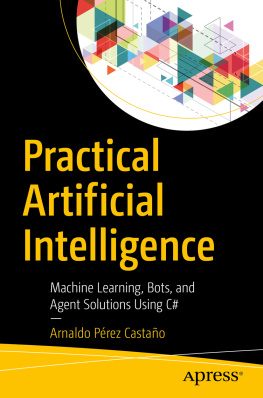
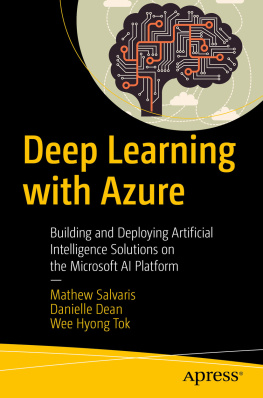
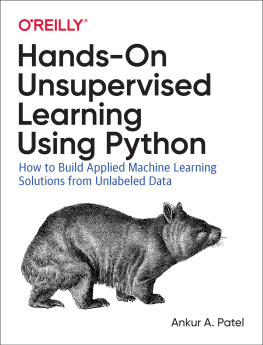
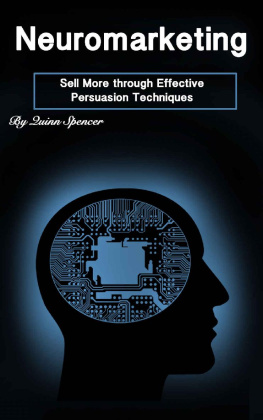


 AI in the New PC
AI in the New PC